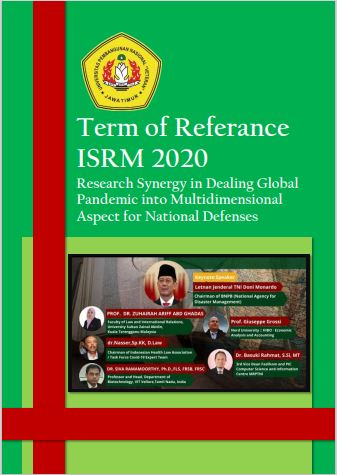Transitional Space as Solution for Occupants Safety: Learning from the Past
DOI:
https://doi.org/10.11594/nstp.2021.0919Keywords:
Transitional space, safety, learning from the pastAbstract
This paper aims to show that for the safety of the occupants in today's architecture, we could learn from the spatial arrangement of the past architecture. In this paper, the adoption of the historiography method from historians was used to trace the genealogy of past architecture. Historiography is a method that is used to trace history back to the past to understand the past. By using historiography, the genealogy (line of a descendant) of vernacular Javanese building will be traced to find the transitional space in the spatial arrangement of the complex of housing. And then, the genealogy of vernacular Japanese buildings will be traced too, to find the transitional space in their spatial arrangement housing. To represent the European building, the genealogy of the Greek building will be used. Again, transitional space will be traced in their building. After that, the finding from these tracing will be compared to find the similarity and differences of the transition spaces. The result of this study showed that people from countries of samples did not design their building with open access to the spatial arrangement. There is always a transitional space from outside of the building to inside of the building. Because open access will make the occupants of the building prone to safety. Not only from tangible (physical) threats but also the intangible threats.
Downloads
Published
Issue
Section
License
Copyright (c) 2021 Nusantara Science and Technology Proceedings

This work is licensed under a Creative Commons Attribution 4.0 International License.
Authors who publish with this proceedings agree to the following terms:
Authors retain copyright and grant the Nusantara Science and Technology Proceedings right of first publication with the work simultaneously licensed under a Creative Commons Attribution License that allows others to share the work with an acknowledgement of the work's authorship and initial publication in this proceeding.
Authors are able to enter into separate, additional contractual arrangements for the non-exclusive distribution of the proceedings published version of the work (e.g., post it to an institutional repository or publish it in a book), with an acknowledgement of its initial publication in this proceeding.
Authors are permitted and encouraged to post their work online (e.g., in institutional repositories or on their website) prior to and during the submission process, as it can lead to productive exchanges, as well as earlier and greater citation of published work (See the Effect of Open Access).







